After Lillian Crosina died in 1963 while minding the 153 Mile Store her father built in 1914, rancher Roger Patenaude, on whose property the store stood, closed shop leaving it sealed in time for over half a century.
“It is a time capsule,” said Kelly Carnochan, president of the society that has undertaken to move it over 40 miles of highway to 108 Mile House Heritage Site. The move of the 31-by-41-foot log structure has logistical challenges such as shutting down a major highway for intervals.
100 Mile House and District Historical Society director Donna Barnett, a former MLA for the area and chairing the move, said she will be rallying support. A committee, with sub-committees, is being struck to raise $2 to $3 million and to deal with the moving logistics.
“We are just organizing and putting a plan in place,” she said, but before the building can be moved, a major task is cataloguing all the material remains. It is estimated there are 8,500 artifacts in the store.
Barnett said she will be talking to provincial and federal governments looking for funding, university archeology departments to help with cataloguing and community support – including the construction industry – from those willing to help re-home the building.
Patenaude said his family, who bought the ranch land from the Crosina family, wanted the store preserved and used as a display for the general public.
“But, we could not do that in the middle of a working ranch,” he said.
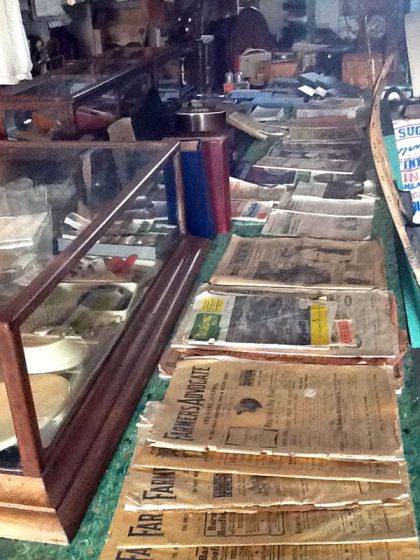
1/3
COURTESY ROGER PATENAUDE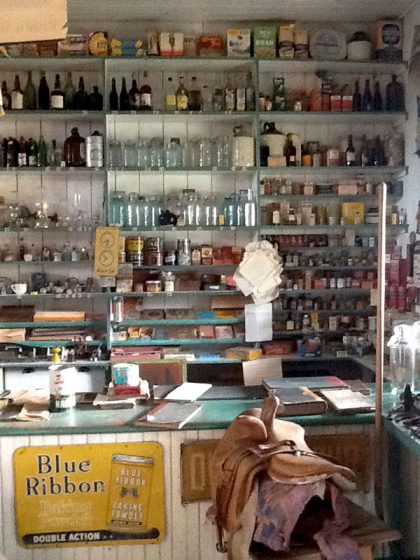
2/3
COURTESY ROGER PATENAUDE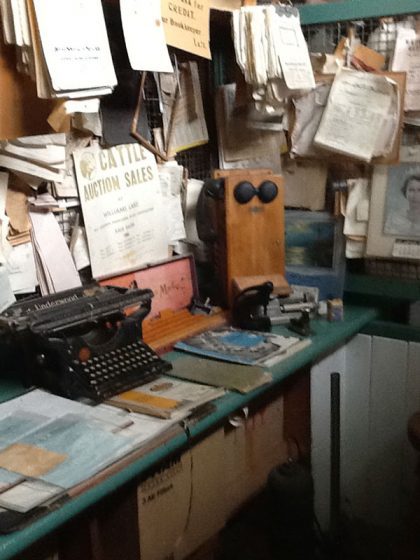
3/3
COURTESY ROGER PATENAUDE
The Royal B.C. Museum has microfilmed the store’s records (daybooks, ledgers and suppliers ledgers) which extend from the first small store, predating the current building, in the late 1800s and into 1960.
Patenaude said the structure’s basement, formed from concrete and stones, was used for cold storage and as a general storage area. The walls of the store’s main floor and second storey are 24-to-30-inch diameter fir logs, all saddle-notched to fit in place.
“The logs came from half a kilometre away and were pulled out with horses, barked and they used horses and ramps to put the logs in place,” he said.
The main floor of the building served as a gathering place while a store clerk filled shopping orders.
Today, the legacy of that era includes artifacts such as foot warmers used in stage coaches, clothing and boxes of footwear and unique items such as a three-by-three-inch block of paper matches with a striking pad.
“You would tear off one of the matches and use the striking pad,” said Patenaude.
The second floor of the building was used as a repository for inventory and goods that didn’t sell. It remains a filled with goods and unopened boxes, said Patenaude.
“The roof is supported by a pole structure,” he said, as the six-inch diameter poles are notched into 30-inch logs to form rafters. A corrugated tin roof was installed.
Patenaude said the store cannot be dismantled log by log and shipped to a new site. The individual logs would warp and make it reassembly difficult. As well, the store is lined with rows and rows of shelving attached to walls.
Prince George-based Northern Building Movers was called to the site a few years ago to affirm the structural integrity and mobility of store.
At that time, Patenaude said, it was deemed best to move it in two sections – the roof plus the main body of the store forming a second section which will sit on a new basement foundation at the 108 site.
Northern Building Movers’ owner Bill Cash said the store could be moved in one or two sections, but two sections could reduce power and communications lines removal as the height is reduced.
Cash, who started moving buildings at age 16 and working for Nickel Bros., said he hopes to bid on the moving contract. He estimates up to a week is needed to relocate the structure.
That the store should take some time to find a final home is in keeping with the founder’s story.
In 1882, Louis Crosina, at the age of 15, left Italy with three older companions, setting sail for North America after an uncle sent letters telling of British Columbia’s Cariboo gold rush.
Having no sense of geography they ended up on board a ship headed for South America’s Colombia. The ship’s captain let them off at the Panama Canal, which was under construction and where they found work.
Crosina’s friends died of malaria but he managed to earn enough and find his way back to his uncle in Vancouver. He was soon working hauling freight and tending horses on the Cariboo trail. He pre-empted land, and started a roadhouse and small store, which preceded the 153 Mile Store. Upon his retirement, daughter Lillian took over.


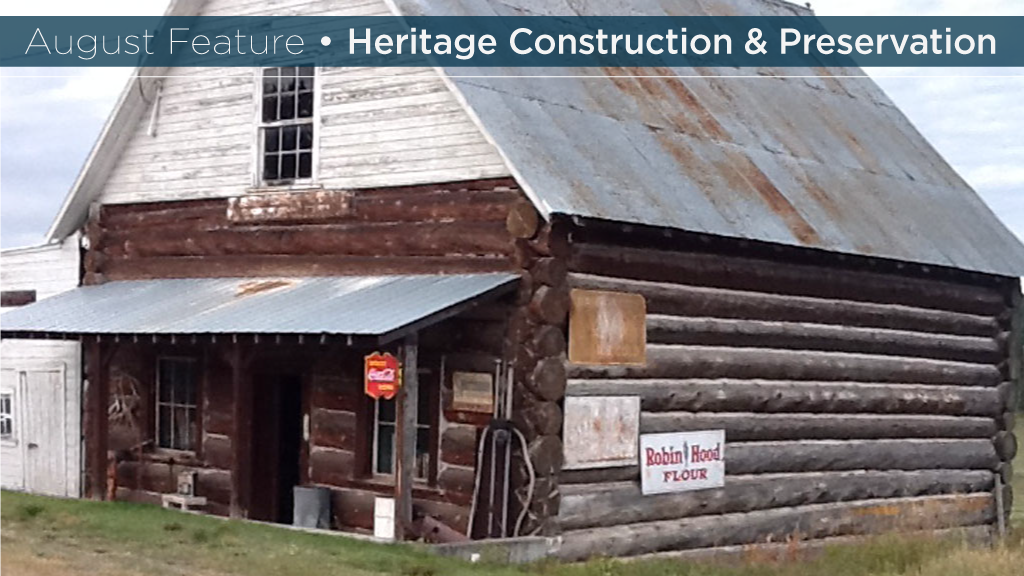




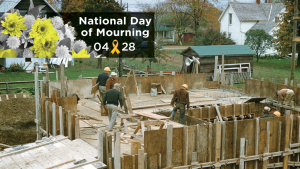
Recent Comments
comments for this post are closed